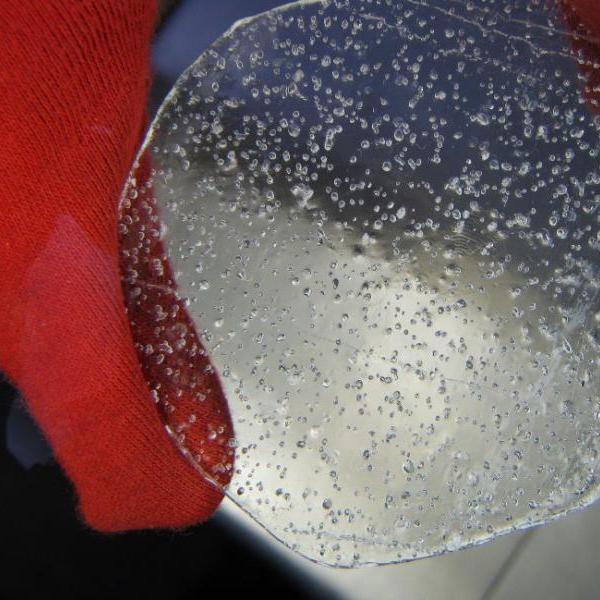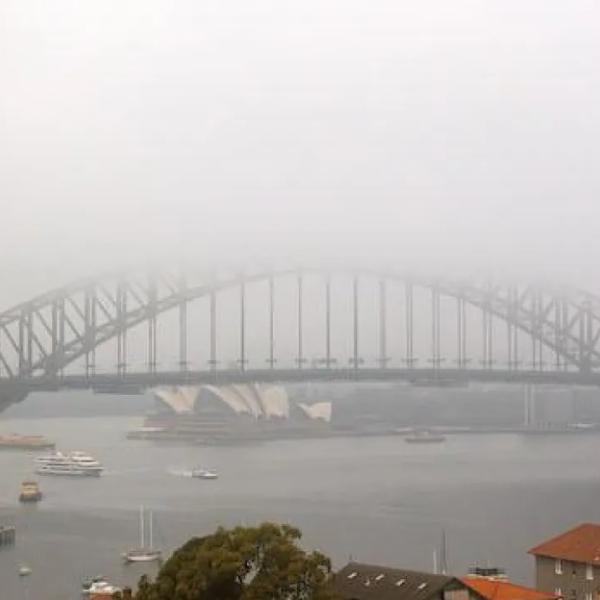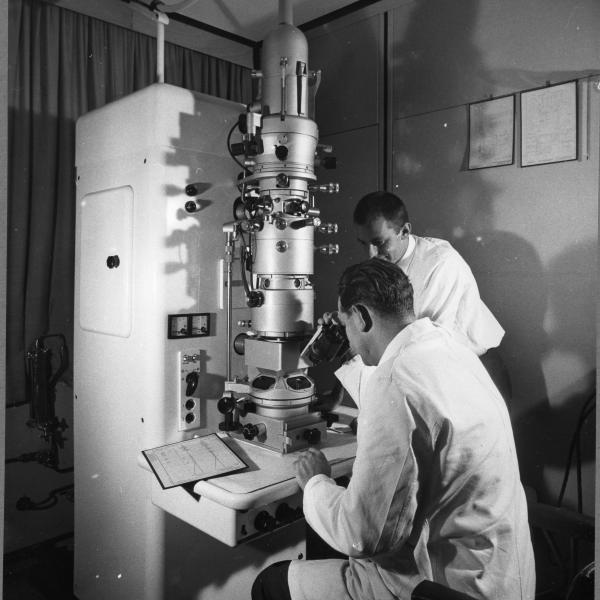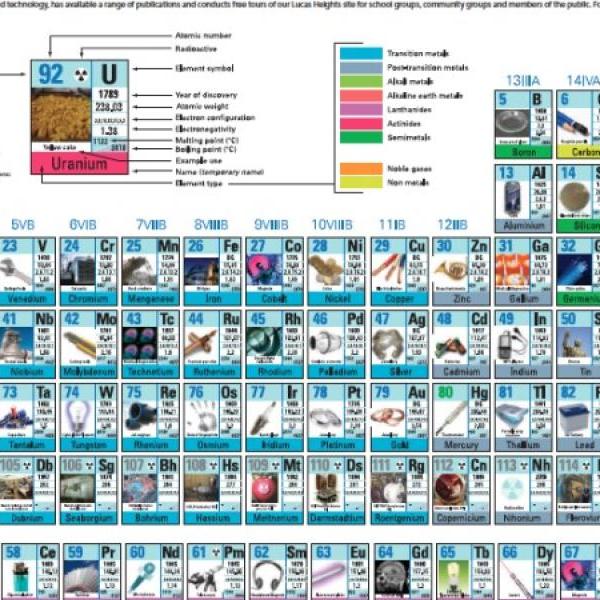
Education Resources
Showing 31 - 40 of 62 learning resources…

Monitoring air pollution and traffic density in Sydney
ANSTO Environmental Researcher Scott Chambers uses a naturally-occurring radioactive gas called Radon-222 to trace sources of pollution in the atmosphere.
This data set contains hourly observations of meteorology, trace gas pollutants, Radon-222 concentration and traffic density collected from Western Sydney University (Richmond campus) in 2016.
Student worksheetData file (excel spreadsheet)
Monitoring fine particle air pollution in Newcastle
ANSTO has been measuring and characterising fine particle pollution from key sites around Australia for more than 30 years.
This data set provides records from 1998 to 2019 of the concentration of 12 elements present in fine airborne particulate matter from an air sampling station located in Mayfield in Newcastle, NSW.
Student worksheetData file (excel spreadsheet)
Historic greenhouse gas concentrations from Antarctic ice core sampling
ANSTO Physicist Andrew Smith collaborates with international scientists to study historical greenhouse gas concentrations from Antarctic ice core samples.
This data set contains temperature records and concentrations of carbon dioxide and methane from the last 800,000 years.
Student worksheetData file (excel spreadsheet)
National Science Week 2025 In-Class Design Challenge
Get your students collaborating, prototyping and testing with our In-Class Design Challenge. Designed to address the 2025 National Science Week theme of "Decoding the Universe", students to explore the fundamental languages of nature, from quantum science and mathematics to pattern recognition and symmetry.
Challenge briefStudent toolkitTeacher toolkitMarking rubric
Year 12 Physics Online Learning
Participate in live radiation demonstrations, cover syllabus content and visit ANSTO virtually during our online depth study classes for Year 12 Physics.
- Participate in live demonstrations to review the properties of alpha, beta and gamma radiation.
- Learn about radioactive decay, half-life and methods of detecting radiation, including with a cloud chamber.
- Define and understand applications of fission, fusion, binding energy and mass defect, and investigate the structure and function of the OPAL multipurpose reactor.
- Investigate the role and operation of particle accelerators at ANSTO.
Cost: $90 per class.
WorkbookOutline (NSW syllabus)Outline (Australian curriculum)Request a videoconference
Investigating Ozone
Ozone in the upper atmosphere is a crucial shield of UV, but ozone at surface levels is a respiratory irritant and health hazard.
Students investigate surface-level ozone concentrations in the air around Liverpool, NSW, using descriptive statistical analysis, a univariate analysis and a bivariate analysis to explore the data. Students also investigate the relationship between ozone concentration and certain pollutant gases, as well as the effect of temperature.
Student workbookData file (excel spreadsheet)
Year 12 Investigating Science Online Learning
Participate in live radiation demonstrations, cover syllabus content and visit ANSTO virtually during our online depth study classes for Year 12 Investigating Science.
- Participate in live demonstrations of the properties of radiation, shielding and technologies used to detect radiation.
- Learn about the OPAL multipurpose reactor, the use of nuclear medicine and their impact on society.
- Discuss the public perception of nuclear science and the regulation of scientific research.
Cost: $90 per class.
WorkbookOutlineRequest a videoconference
Year 3 to 6: Science at Work! Tour
Visit world-class science facilities and learn about the important role of scientists in society and the different environments they work in.
Students participate in a fun and engaging "Colour and Light Show" and discuss their science interests with our experienced education team.
All tours are available Monday to Friday for Year 3 to 6 classes. The cost per student is $9 and teachers are free.
Tour outline and syllabus outcomesRequest a tour
Year 7-8 Atoms, Elements and the Periodic Table Tour
Designed to address the new 2026 NSW Science Stage 4 (Year 7-8) syllabus, this tour is a hands-on introduction to atomic structure, the properties and classification of some elements, and the structure of the periodic table.
All tours are available Monday to Friday for Years 7 to 12 classes. The cost per student is $12.50 and teachers are free.
Please print enough copies of the relevant workbook for your class before your visit to ANSTO.
Tour outlineTour workbookRequest a tour
Year 11 Chemistry Online Learning
Participate in live radiation demonstrations, cover syllabus content and visit ANSTO virtually during our online depth study classes for Year 11 Chemistry.
- Investigate properties of different radioisotopes and learn about their uses in medicine, industry and environmental research.
- Consider the scientific method and gather data during a live radiation experiment.
- See some of Australia's largest scientific infrastructure, including the OPAL multipurpose reactor.
Cost: $90 per class.
WorkbookOutlineRequest a videoconference